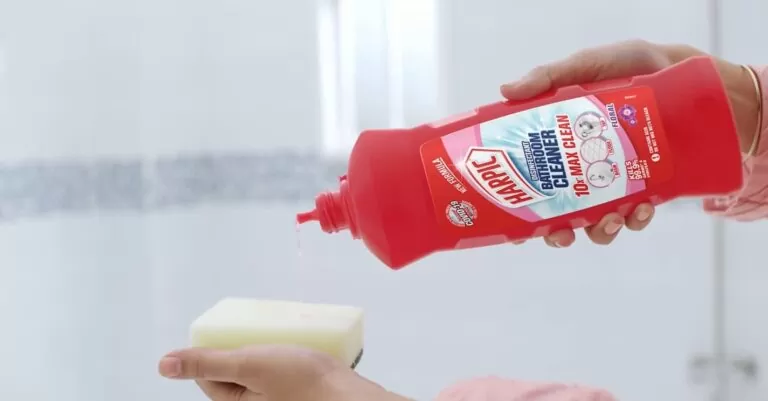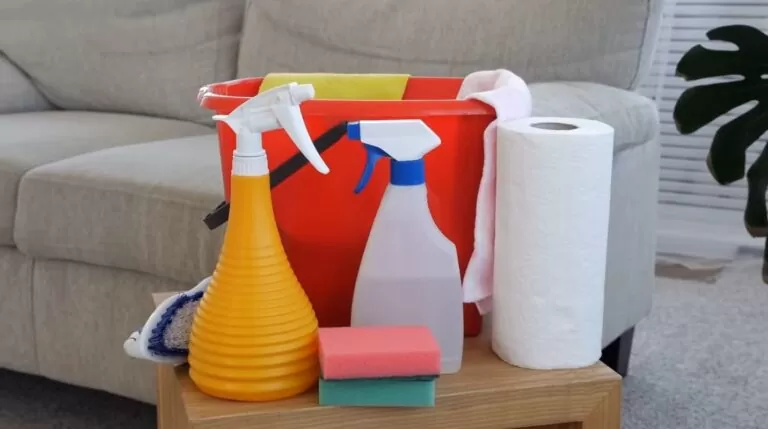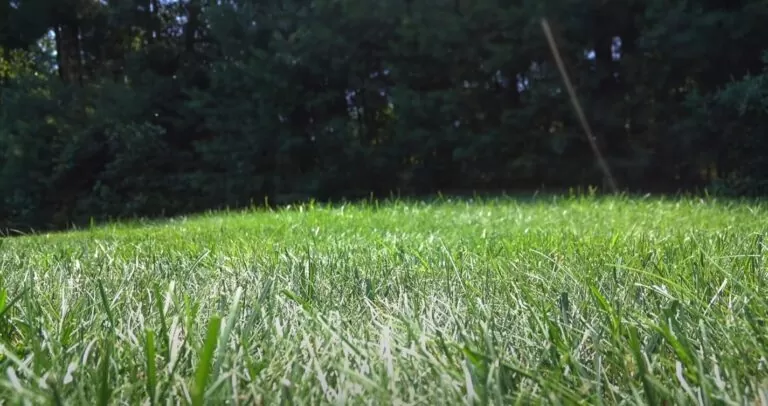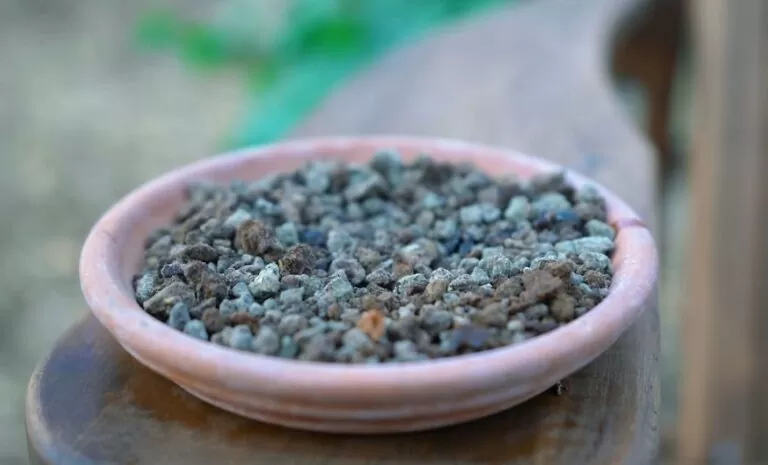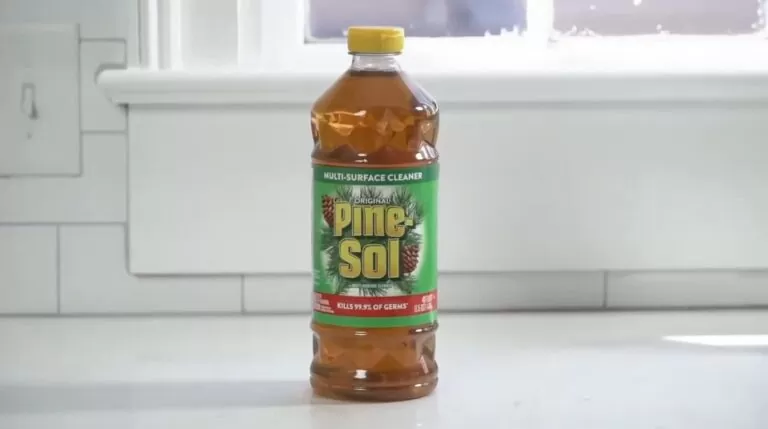Can You Mix Roundup and Bleach?
The use of chemicals in our daily lives is ubiquitous, from cleaning products to herbicides. However, it is important to understand the potential dangers of mixing different chemicals. In particular, the combination of Roundup, a commonly used herbicide, and bleach, a household cleaner, has been a topic of debate and concern. Some people believe that mixing the two can result in a more potent weed killer, while others warn that it can create toxic fumes and pose a serious health risk. In this article, we will explore the science behind mixing Roundup and bleach and provide guidance on the safe use of these chemicals.
So, Can You Mix Roundup and Bleach?
No, it is not recommended to mix Roundup and bleach. The combination of these two chemicals can create a potentially dangerous reaction that can release toxic fumes and pose serious health risks to humans and animals. Roundup contains glyphosate, a herbicide that targets and kills weeds, while bleach is a powerful oxidizing agent used for cleaning and disinfecting. When mixed, these chemicals can react to produce chlorine gas, which can cause respiratory problems, skin irritation, and other health issues. Additionally, mixing Roundup with bleach may reduce the effectiveness of the herbicide, rendering it less effective in killing weeds. Therefore, it is important to use these chemicals separately and according to their intended use to avoid any potential harm.
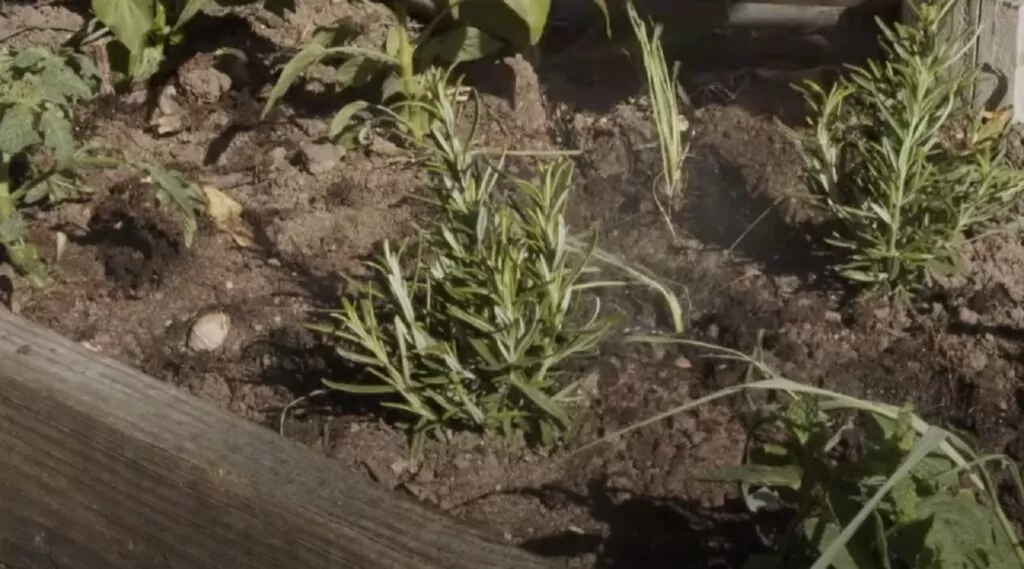
What Is Bleach?
Bleach is a powerful and commonly used household cleaner that is used for disinfecting and whitening surfaces, fabrics, and other materials. The active ingredient in most household bleach products is sodium hypochlorite, which is a strong oxidizing agent that works by breaking down chemical bonds in molecules, resulting in the removal of stains and the destruction of microorganisms like bacteria, viruses, and fungi. Bleach is available in various concentrations and forms, including liquid, powder, and tablets. However, it is important to handle bleach with care and follow the instructions on the label, as it can be corrosive and potentially harmful if not used properly.
Composition of Bleach
Bleach is primarily composed of a solution of sodium hypochlorite (NaClO) in water. Sodium hypochlorite is produced by the reaction of chlorine gas (Cl2) with sodium hydroxide (NaOH) solution. The concentration of sodium hypochlorite in household bleach products typically ranges from 3% to 8.25%, with higher concentrations used in industrial settings. Additionally, bleach may contain other chemicals, such as sodium chloride (NaCl), sodium carbonate (Na2CO3), sodium chlorate (NaClO3), and sodium hydroxide (NaOH), depending on the formulation and intended use. These additional chemicals may affect the pH level of the solution, increase its cleaning power, or serve as stabilizers to prevent degradation of the sodium hypochlorite over time. However, it is important to read the label and understand the composition of the bleach product being used, as some formulations may contain additives or fragrances that can be harmful or cause allergic reactions.
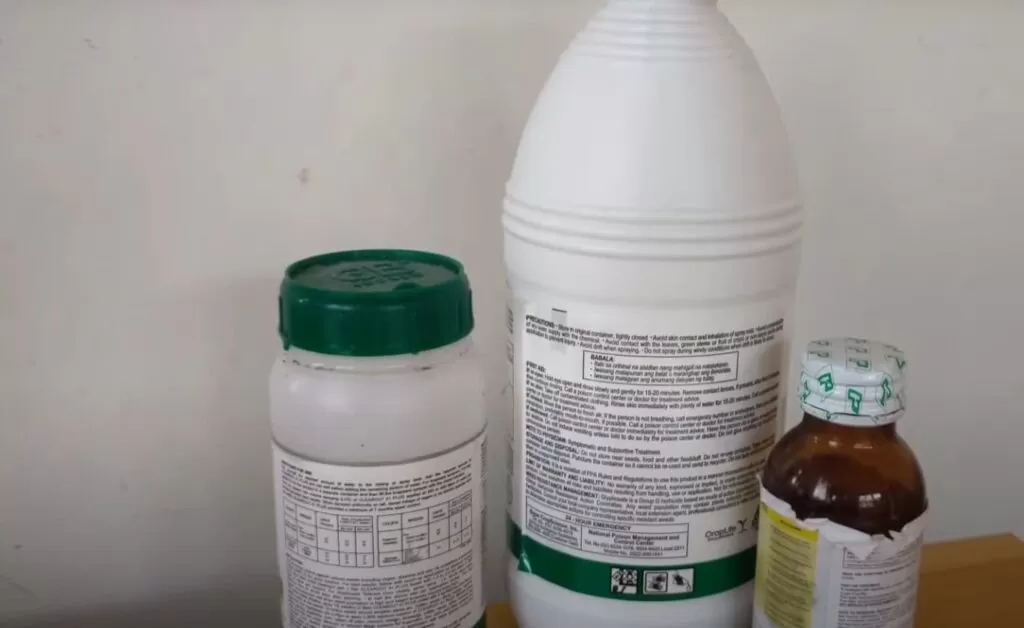
How Bleach Was Created?
Bleach was first created in the late 18th century by a Swedish chemist named Carl Wilhelm Scheele. Scheele discovered that by passing chlorine gas through a solution of sodium hydroxide, a new chemical compound was produced that had powerful oxidizing properties. This new compound was sodium hypochlorite, which was later found to be an effective disinfectant and bleaching agent.
Sodium hypochlorite was first used as a disinfectant in the early 19th century to combat the spread of cholera and other infectious diseases. In the early 20th century, household bleach became widely available and was used for a variety of cleaning and disinfecting purposes. Today, bleach is still one of the most widely used cleaning products worldwide, and its effectiveness as a disinfectant has been well-documented in scientific studies. However, it is important to use bleach safely and according to the instructions on the label, as it can be hazardous if not handled properly.
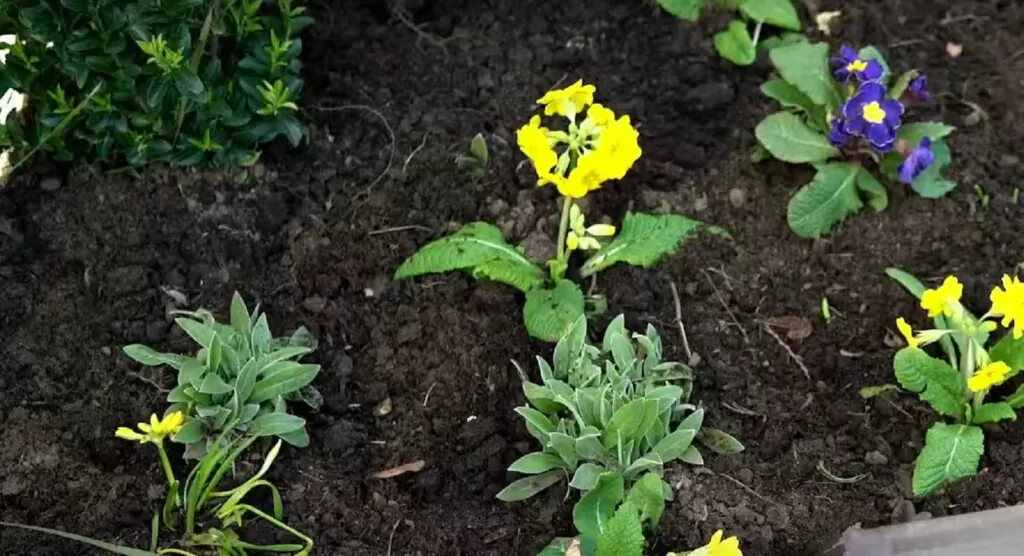
Which Alternatives I Can Use For Mixing Bleach With Roundup?
It is not recommended to mix bleach with Roundup or any other herbicide, as the combination can produce toxic fumes and pose a serious health risk. However, there are alternative methods for weed control that do not involve the use of chemical herbicides or bleach.
- Manual Weeding: Pulling weeds by hand can be an effective and environmentally friendly way to control weeds in smaller areas.
- Mulching: Covering the soil with a layer of organic mulch, such as wood chips or straw, can help suppress weed growth and improve soil health.
- Boiling Water: Pouring boiling water over weeds can kill them by destroying the plant cells.
- Vinegar: Acetic acid, found in vinegar, can be an effective herbicide for controlling weeds. However, it is important to note that vinegar can also damage desirable plants, so it should be used with caution.
- Corn Gluten Meal: A natural byproduct of corn processing, corn gluten meal can be an effective pre-emergent herbicide that prevents weed seeds from germinating.
It is important to research and carefully consider the options available before selecting a weed control method. Always follow the instructions and use protective gear when handling any chemicals or tools.
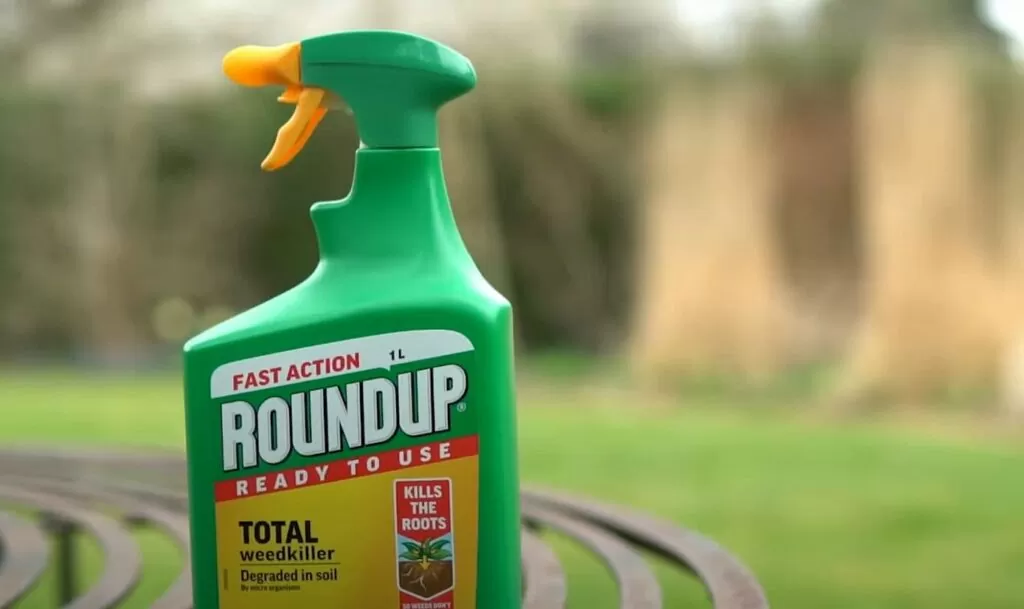
Advantages Of Mixing Bleach With Roundup
Mixing bleach with Roundup is not recommended, as it can produce toxic fumes and pose serious health risks. There are no known advantages to mixing these chemicals together, and doing so can actually reduce the effectiveness of Roundup as a weed killer. The active ingredient in Roundup, glyphosate, works by inhibiting an enzyme that is necessary for plant growth, while bleach works by oxidizing and breaking down organic matter. Mixing the two chemicals can alter the pH level and reduce the potency of the herbicide, making it less effective at killing weeds. Furthermore, the resulting reaction between bleach and Roundup can create hazardous fumes and potentially cause harm to humans and animals. It is always best to use chemicals as directed and to avoid mixing them together unless specifically instructed to do so by a qualified expert.
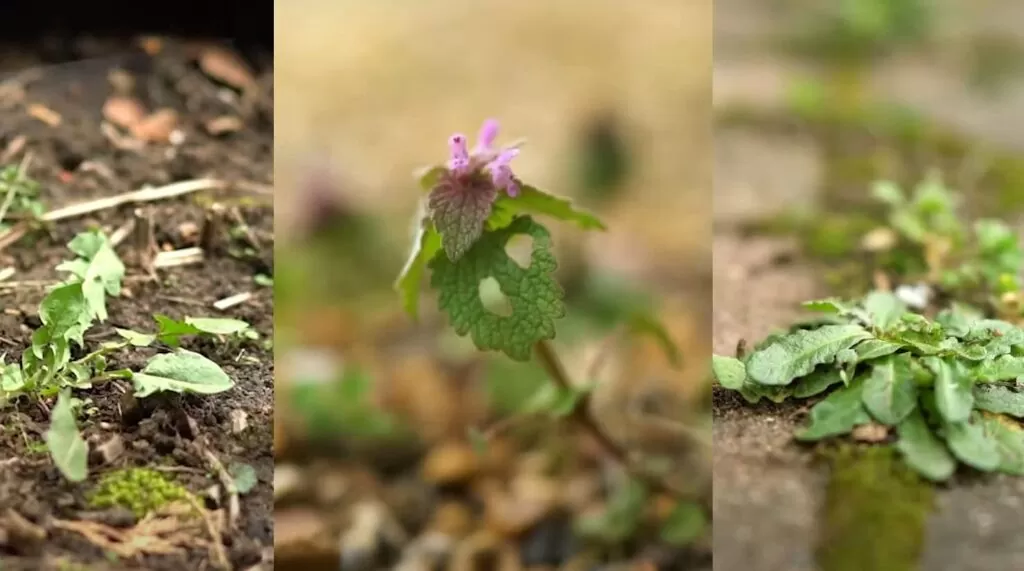
Disadvantages Of Mixing Bleach With Roundup
Mixing bleach with Roundup can result in a number of significant disadvantages and potential dangers, including:
- Toxic Fumes: When bleach and Roundup are mixed together, they can produce highly toxic fumes that can cause respiratory irritation, eye irritation, nausea, and other health problems.
- Reduced Effectiveness: The chemical reaction between bleach and Roundup can alter the pH level of the herbicide and reduce its effectiveness at killing weeds, which can result in a waste of time, effort, and resources.
- Harmful to the Environment: The fumes generated by mixing bleach with Roundup can also be harmful to the environment, including plants, animals, and waterways. This can result in unintended consequences and long-term damage to ecosystems.
- Risk of Accidents: Handling and mixing chemicals can be dangerous, and accidental spills or exposure can result in serious injury or illness.
- Violation of Label Instructions: Mixing bleach with Roundup goes against the label instructions of both chemicals, which can result in legal and regulatory issues.
In summary, the disadvantages of mixing bleach with Roundup far outweigh any perceived benefits, and it is not recommended to do so. It is important to always follow label instructions and use chemicals safely and responsibly.
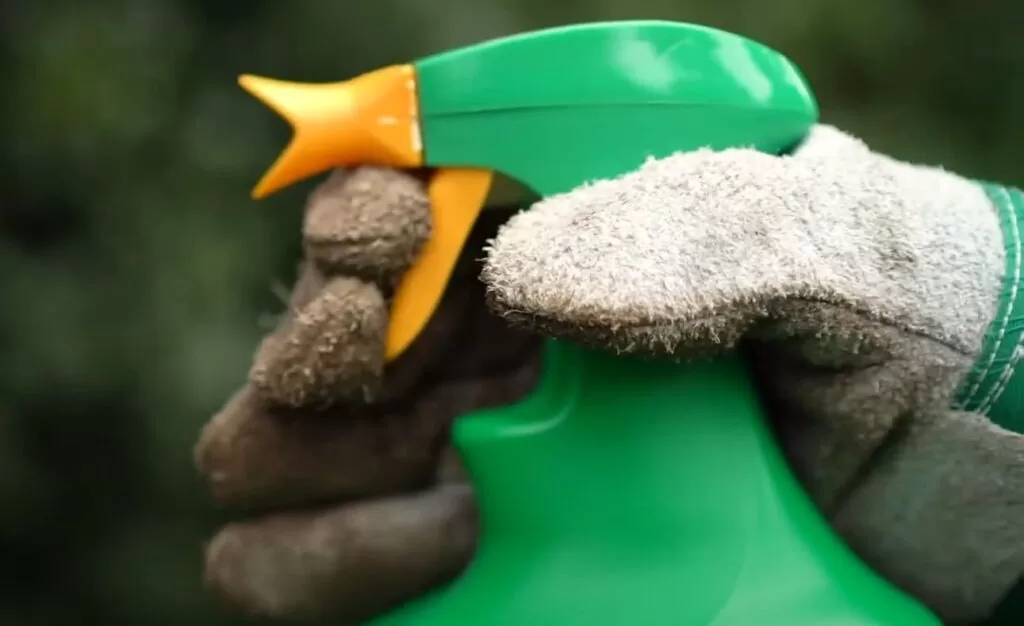
FAQ
How dangerous is bleach?
Bleach can be dangerous if not handled properly. Here are some of the reasons why:
- Toxic Fumes: Bleach contains sodium hypochlorite, which can release toxic fumes when mixed with other chemicals such as ammonia, vinegar, or acids. These fumes can cause respiratory irritation, coughing, and even chemical burns.
- Skin and Eye Irritation: Contact with bleach can cause skin and eye irritation, resulting in redness, itching, and even burns.
- Corrosive: Bleach is a corrosive substance that can damage surfaces, clothing, and other materials.
- Poisoning: Ingesting or inhaling bleach can result in poisoning, which can cause symptoms such as vomiting, diarrhea, dizziness, and even death in severe cases.
- Environmental Hazard: Bleach can be harmful to the environment, including plants, animals, and waterways, if not disposed of properly.
It is important to use bleach safely and according to the instructions on the label. This includes using gloves and eye protection when handling bleach, avoiding mixing it with other chemicals, ensuring adequate ventilation when using it in confined spaces, and properly disposing of any unused bleach.
What can I mix bleach with?
Bleach should not be mixed with other chemicals, as doing so can create dangerous reactions and release toxic fumes. Mixing bleach with ammonia, vinegar, acids, or other cleaning products can be especially hazardous.
However, if bleach needs to be diluted for a specific cleaning task, it can be mixed with water. The recommended dilution ratio for household bleach is usually 1 part bleach to 9 parts water, but this can vary depending on the intended use.
It is important to always read the label instructions on any cleaning products and to use them as directed. If in doubt, consult with a professional cleaner or manufacturer for specific instructions on how to use bleach safely and effectively.
What can’t you mix bleach with?
Bleach should not be mixed with certain chemicals or cleaning products as it can produce hazardous reactions and release toxic fumes. Here are some common products that should never be mixed with bleach:
- Ammonia: Mixing bleach and ammonia can create a dangerous gas called chloramine, which can cause coughing, wheezing, and even pneumonia.
- Vinegar: Mixing bleach and vinegar can create toxic chlorine gas, which can cause respiratory irritation and even chemical burns.
- Acids: Mixing bleach with acids such as toilet bowl cleaners or drain cleaners can release chlorine gas, which can be harmful when inhaled.
- Peroxide: Mixing bleach with hydrogen peroxide can create peracetic acid, which can cause respiratory irritation and skin burns.
- Rubbing alcohol: Mixing bleach with rubbing alcohol can create chloroform, which is a potent toxin that can cause headaches, dizziness, and even unconsciousness.
It is important to always read the labels on cleaning products and to never mix bleach with other chemicals or cleaners unless specifically instructed to do so by a qualified expert. If you accidentally mix bleach with another chemical and feel ill, leave the area immediately and seek fresh air.
What else can bleach and Roundup be used for?
Bleach and Roundup are two separate chemicals with different uses. Here are some common uses for each chemical:
Bleach:
- Disinfectant: Bleach can be used as a disinfectant to kill germs and bacteria on surfaces.
- Laundry Whitener: Bleach can be used as a laundry whitener to remove stains and brighten clothes.
- Mold and Mildew Remover: Bleach can be used to remove mold and mildew from surfaces such as bathroom tiles and shower curtains.
- Household Cleaner: Bleach can be used to clean and disinfect a variety of household surfaces such as countertops, sinks, and toilets.
Roundup:
- Weed Killer: Roundup is a herbicide that can be used to kill weeds and other unwanted plants.
- Lawn and Garden Maintenance: Roundup can be used to maintain a healthy lawn and garden by controlling weed growth.
- Agricultural Use: Roundup is often used in agriculture to control weeds and increase crop yields.
It is important to use both chemicals safely and according to the instructions on the label. Always wear gloves and protective eyewear when using chemicals, and never mix chemicals together unless instructed to do so by a qualified expert.
What if I mixed Roundup with bleach?
Mixing Roundup and bleach can produce a potentially dangerous chemical reaction. The resulting mixture may release chlorine gas, which can cause respiratory problems and other health issues. If you accidentally mixed Roundup with bleach, it’s important to take immediate action to protect yourself and others.
Here are the steps you should take:
- Immediately leave the area where the mixture was created to get fresh air. If possible, move to an outdoor area or an open space with plenty of ventilation.
- Avoid inhaling any fumes from the mixture. If you’re experiencing breathing difficulties or other symptoms, seek medical attention immediately.
- Do not try to clean up the mixture yourself. Call your local poison control center or emergency services for guidance on how to safely dispose of the mixture.
- If any clothing or skin comes into contact with the mixture, remove the affected clothing and wash the skin thoroughly with soap and water.
In the future, be sure to read and follow all product labels carefully and avoid mixing chemicals unless specifically instructed to do so.
Remember, Roundup and bleach should never be mixed together. If you accidentally mixed them, take immediate action to protect yourself and others, and seek professional help if necessary.
Where can I find Roundup and bleach?
Roundup is a popular herbicide and is commonly sold at garden centers, home improvement stores, and other retail outlets that sell lawn and garden products. You can also find Roundup online through various retailers.
Bleach is a common household cleaner and can be found at most grocery stores, drug stores, and retailers that sell cleaning supplies. You can also find bleach online through various retailers.
When using Roundup or bleach, it’s important to follow the product instructions carefully and use the appropriate safety precautions. Always wear protective clothing and gear, such as gloves, eye protection, and a mask, when handling these chemicals. And remember to store them in a safe and secure location, away from children and pets.
How to carefully use bleach and Roundup?
When using bleach and Roundup, it’s important to follow the product instructions carefully and take appropriate safety precautions. Here are some tips for using these chemicals safely:
Using Bleach:
- Always wear gloves and eye protection when handling bleach.
- Make sure the area is well-ventilated to avoid inhaling fumes.
- Never mix bleach with ammonia or any other cleaning agents, as this can create toxic gases.
- Dilute bleach with water according to the product instructions.
- Use bleach solutions on hard surfaces only, as it can damage some materials, such as fabrics or wood.
- Rinse the surfaces thoroughly with water after using bleach.
Using Roundup:
- Always wear protective clothing, gloves, eye protection, and a mask when handling Roundup.
- Apply Roundup on a calm, dry day to avoid drift onto unintended areas or vegetation.
- Follow the product instructions for application rates and timing.
- Do not spray Roundup on windy days or when rain is forecasted.
- Avoid using Roundup near bodies of water or in areas where it can run off into water sources.
- Keep pets and children away from treated areas until the product dries.
Remember, these chemicals can be hazardous if used improperly. Always read the product labels and follow the instructions carefully to ensure safe and effective use. If you have any concerns or questions about using bleach or Roundup, consult a professional or contact the product manufacturer for guidance.
What kinds of bleach are there?
There are several types of bleach available, each with its own specific use:
- Chlorine bleach: Chlorine bleach is a common household bleach that is used to whiten and disinfect laundry and household surfaces. It is made from sodium hypochlorite and is a strong oxidizing agent.
- Oxygen bleach: Oxygen bleach, also known as color-safe bleach, is a non-chlorine bleach that is safe to use on colored fabrics. It is made from hydrogen peroxide or sodium percarbonate and is a milder oxidizing agent than chlorine bleach.
- Hydrogen peroxide: Hydrogen peroxide is a mild bleach that is commonly used as a disinfectant and antiseptic. It is also used in hair dyes and teeth whitening products.
- Bleach alternatives: Some products are marketed as bleach alternatives and use alternative ingredients such as enzymes or natural bleaching agents to whiten and brighten fabrics.
It’s important to note that while bleach can be a useful cleaning agent, it can also be dangerous if not used properly. Always read the product labels and follow the instructions carefully to ensure safe and effective use.
What kinds of Roundups are there?
Roundup is a popular herbicide that is available in several different formulations. Here are the most common types of Roundup:
- Roundup Original: This is the standard Roundup formulation and contains glyphosate as the active ingredient. It is used to kill a variety of weeds and grasses.
- Roundup Pro: Roundup Pro is a more concentrated version of Roundup Original and is designed for use by professionals. It contains a higher percentage of glyphosate and is often used in commercial applications.
- Roundup Extended Control: Roundup Extended Control is a Roundup product that contains both glyphosate and a second herbicide, imazapic. It is designed to kill weeds and grasses and prevent new growth for up to four months.
- Roundup for Lawns: Roundup for Lawns is a Roundup product that is specifically designed for use on lawns. It contains a lower percentage of glyphosate and is formulated to kill weeds without harming grass.
- Roundup Ready-To-Use: Roundup Ready-To-Use is a Roundup product that comes in a spray bottle and is ready to use without any mixing or measuring required. It is designed for small-scale applications such as spot treatments and smaller areas.
It’s important to note that while Roundup can be an effective herbicide, it can also be harmful if not used properly. Always read the product labels and follow the instructions carefully to ensure safe and effective use.
Related Video: Bleach & Detergent as a Weed Killer | How Effective for How Long?
Final Thoughts
Mixing Roundup and bleach is not recommended as it can produce hazardous reactions and release toxic fumes. Both chemicals have different uses and should be used safely and according to the instructions on the label. It is important to never mix bleach with other chemicals such as ammonia, vinegar, acids, or cleaning products, as this can be extremely dangerous. When using Roundup, always follow the label instructions and wear protective clothing and equipment to avoid skin and eye irritation. It is also important to use Roundup in a well-ventilated area and to avoid spraying on windy days to prevent accidental exposure. By using both chemicals safely and responsibly, we can protect ourselves and the environment from potential harm.


